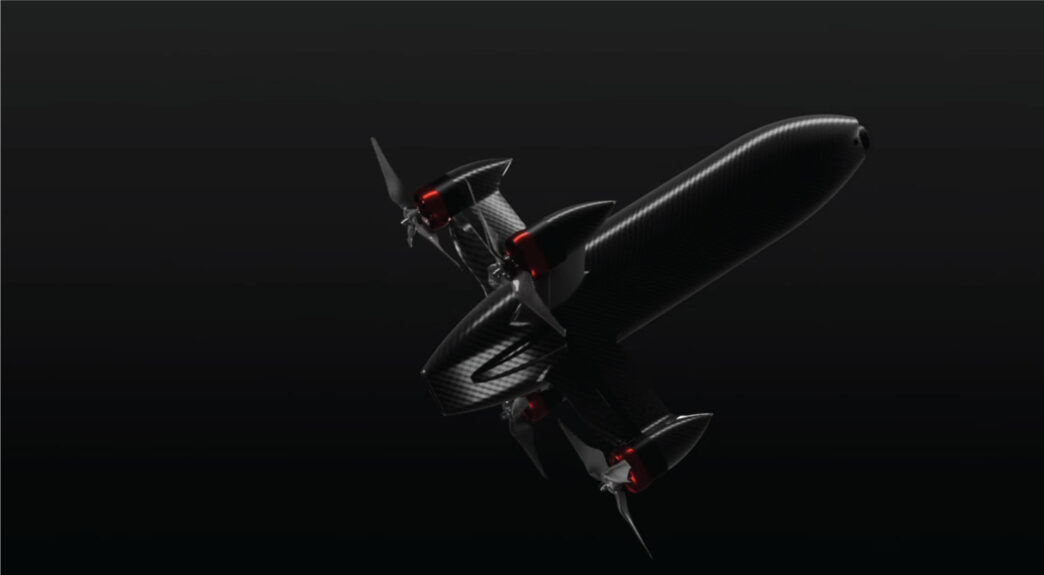By all logic, they shouldn’t be here. They weren’t defence contractors. They had no seed funding. No legacy family business. Just two engineering students—Jayant Khatri from Ajmer and Sourya Choudhury from Kolkata—tinkering with drone parts in a BITS Pilani–Hyderabad hostel room.
Fast-forward three months. Their startup, Apollyon Dynamics, is now on Indian Army radar—literally and metaphorically. The weapon of choice? A 300 km/h kamikaze drone that carries a 1 kg payload and is virtually invisible to radar. Their system is already deployed across four Indian Army bases, and they’ve gone from student project to battlefield supplier in under a quarter of a year.
Let’s break it down.


From Hobby to Hardware
In April 2025, the two students began prototyping combat drones in their spare time, inspired by the gaps in India’s indigenous defence tech ecosystem—and shaken by the Pahalgam terror attack.
Within 60 days, they’d built a fast, modular, radar-evading UAV that could fly at over 300 km/h and deliver explosive payloads with surgical precision. A product with the agility of a commercial drone, the focus of a missile, and the price tag far lower than anything imported.
They named the venture Apollyon Dynamics—a nod to the destroyer angel of Greek myth. Not subtle. But then again, neither is the point of a kamikaze drone.
LinkedIn Cold Call. Live Demo. Army Deal.
With no connections or formal contacts, they began cold-messaging Army officials on LinkedIn. One colonel responded. He invited them to Chandigarh for a live field demo. The founders packed their prototype into a carry case, booked flights, and showed up.
The result? Immediate orders from Army units in Jammu, Chandimandir (Haryana), Panagarh (West Bengal) and Arunachal Pradesh. All within weeks.
Today, Apollyon is a six-person startup that not only designs drones but trains Army personnel—often with no drone experience—on operating them. They’re working on next-gen fixed-wing and VTOL designs, plus smarter swarm controls.
And they’re still students.
What Sets Apollyon Apart
- Speed of execution: 60 days from first prototype to Indian Army deal
- Fully indigenous design: Engineered for Indian terrain, weather, and tactical needs
- No VC funding or military background: Entirely grassroots
- End-to-end solution: Hardware, training, and logistics handled in-house
- Agile iteration: They claim to ship new variants and updates every 3–4 weeks
India’s Drone Defence Scene: Who Else Is Flying High?
Apollyon isn’t alone—but its trajectory is unusually fast. Here’s a snapshot of other Indian startups in the drone defence sector, which is now drawing serious investor, government, and Army attention.
1. Nagastra-1 (Economic Explosives Ltd + Z-Motion Autonomous Systems)
India’s first indigenous kamikaze drone adopted at scale by the Army.
- Range: 30–40 km
- Payload: 1–1.5 kg
- Accuracy: Within 2 m
- Backed by Solar Industries under an emergency Army procurement contract of around ₹300 crore
- Successfully passed Army field trials earlier this year
2. ideaForge
India’s largest drone maker by market share—focused on surveillance.
- DRDO-certified UAVs used by Army, CRPF, NSG
- Recently listed on the stock market; revenue for FY25 Q2: ₹37.1 crore
- Still burning cash, but actively expanding into long-range reconnaissance UAVs
3. Rudrastra (JSR Dynamics)
Advanced drone-based missile delivery system
- Range: 150+ km
- Platform: Hybrid VTOL with smart targeting
- Primarily focused on heavier payloads and semi-autonomous swarm operation
4. Garuda Aerospace
Focused more on agriculture and logistics, but venturing into disaster response drones
- Recently received DGCA approval
- Partnered with DRDO and ISRO for specific surveillance projects
5. Flying Wedge Defence
Bangalore-based firm building guided drone munitions
- Targeting tank busters and deep-strike autonomous drones
- Early-stage, bootstrapped, and currently in Army validation pipeline
Where Apollyon Fits In
While most of these players are either government-linked or spin-offs from established arms firms, Apollyon is the rare breed that came from scratch—no procurement pipeline, no investor push, no institutional backing.
What makes them even more compelling is that their story is repeatable. India’s policy framework—especially with the ₹1,900 crore drone incentive scheme, defence startups under iDEX, and DRDO’s Make-II procurement path—is now enabling students and first-time founders to break into one of the country’s most protected industries.
The Road Ahead
Apollyon Dynamics is now building:
- Larger fixed-wing kamikaze drones with better altitude control
- Drone swarms that can coordinate mid-flight
- ISR drones to complement strike fleets
- Potential integration with India’s Loitering Munitions Doctrine
They’re also looking to formalize the startup, raise angel investment, and establish a manufacturing hub in Telangana or Haryana with defence corridor support.
The founders have skipped campus placements. They’re too busy scaling what could be India’s fastest student-born defence supplier.
Final Word
This isn’t just a “college kids make good” story. It’s a glimpse of the next wave of India’s innovation economy—one where a prototype built on a hostel table can reach the Line of Actual Control before it even reaches the patent office.
Apollyon Dynamics didn’t wait for permission. They built. They launched. And now, they’re delivering payloads at 300 km/h—with India’s flag stamped on the wing.



















